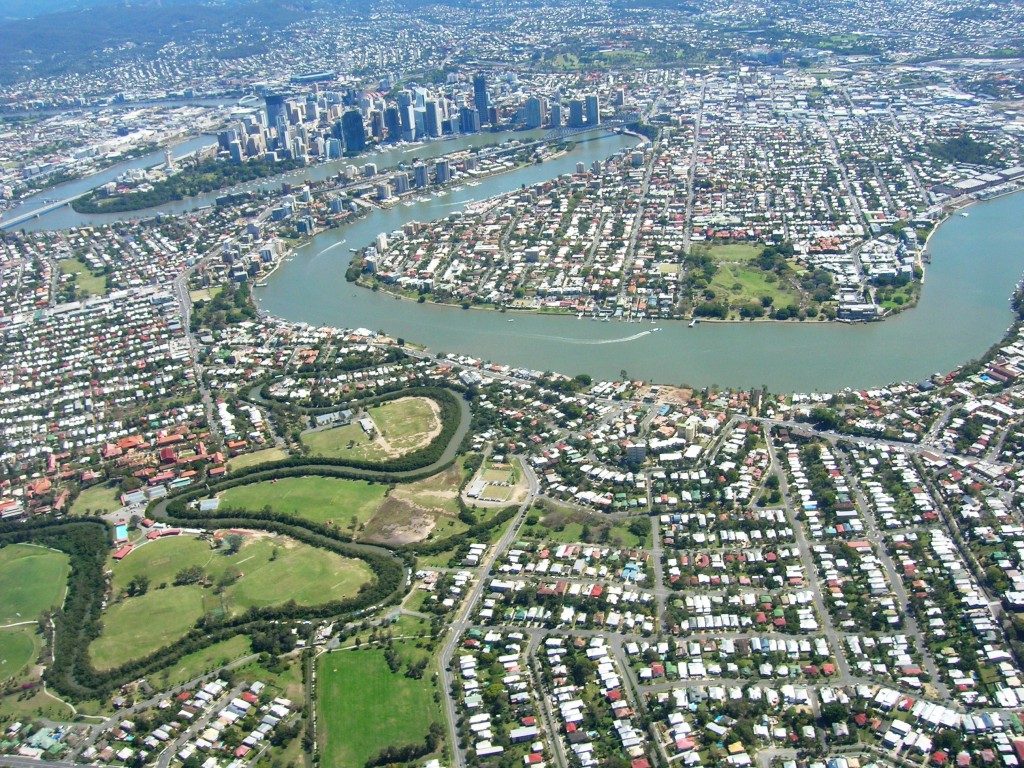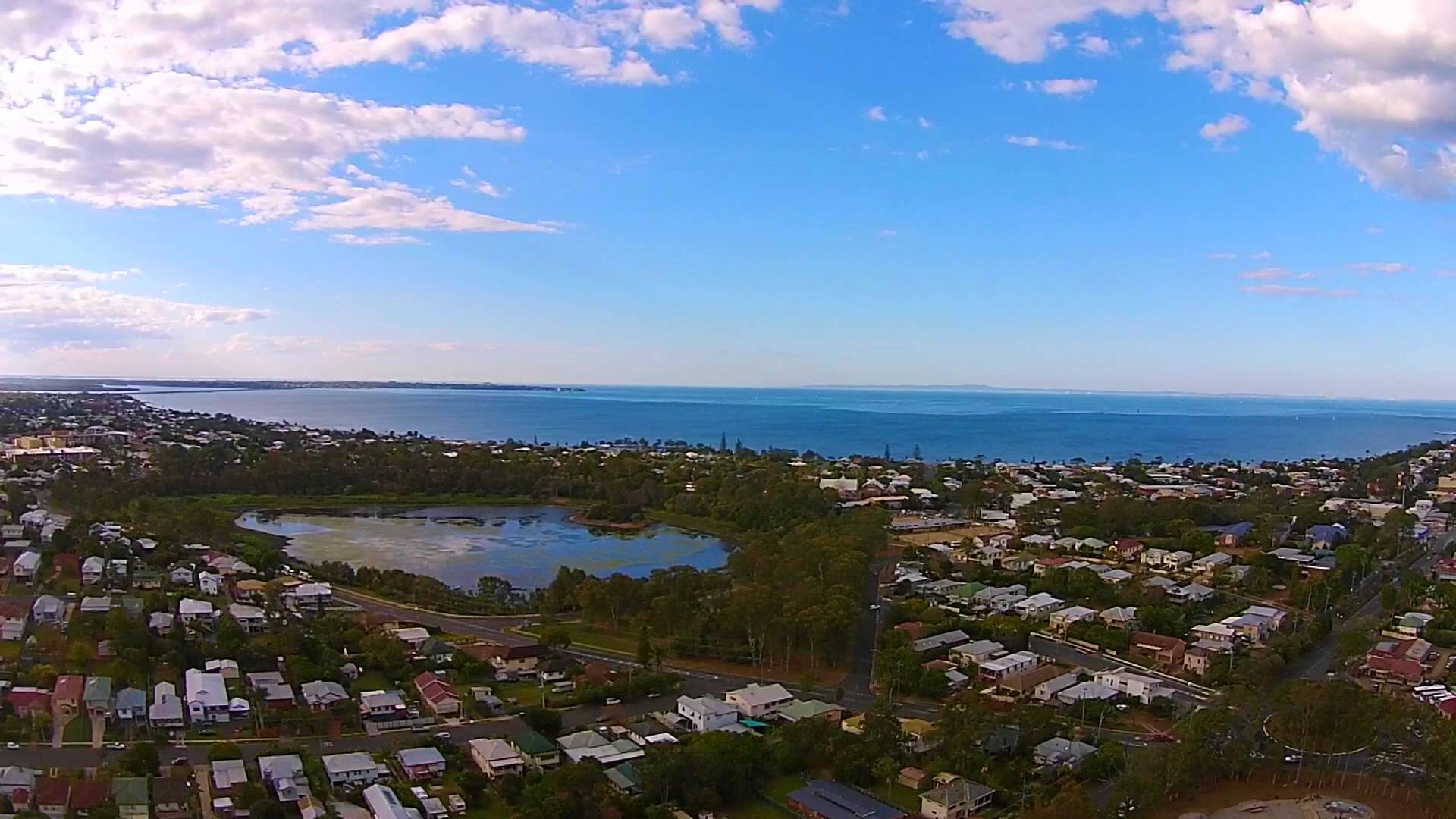Brisbane Market Report Winter 2016
Brisbane and Queensland
Brisbane and South-East Queensland will continue to grow strongly
It’s difficult to imagine a time when there is no future for Queensland, especially Brisbane and the south-east corner of the state.
Things change – and Queensland is not currently a dominant state for population growth and economic performance. But it has been in the past and I suspect it will be again in the future. Its natural assets, its resources, its lifestyle and its climate will remain persistent attractions for businesses and residents.
Brisbane has had a solid property market over the past couple of years, without generating major price growth except in specific pockets. This relates to a lukewarm state economy, undermined by the weakness in the resources sector, and the relatively small activity in infrastructure spending.
This is likely to change, as there are significant projects in the offing, including further upgrades to the Ipswich Motorway, the $5 billion Cross River Rail project, $1.5 billion in expansion at the Amberley RAAF Base and major construction projects in the dwelling industry.
So why have Gold Coast prices done little in the past six years, amid all that population growth? Because developers oversupplied the market with high-rise units, yet again. Now the market is showing some growth, because the surplus has been soaked up and, more importantly, there’s a big infrastructure spend.
The Sunshine Coast is also a big growth centre: its growth rate over five years (9%) was almost as big as the Gold Coast’s and 25,000 has been added to its population. The Sunshine Coast is the nation’s 10th biggest city – larger than Wollongong and considerably larger than Hobart. Like the Gold Coast, the Sunshine Coast has become a growth property market because of significant spending on infrastructure and other construction projects.
Other centres where growth is likely to be a regular fixture include Toowoomba, Gladstone, Townsville and Cairns. Two of these regional cities are places where investors are likely to be turned off by recent negative sentiment – but strategic investors would keep them on the radar screen.
Gladstone has a boom-bust history because of its links to the resources sector. You need to keep that in mind when considering an investment there. It tends to have high peaks and deep troughs. Currently it’s in a deep trough because developers grossly oversupplied the market, over-reacting to the LNG boom and misunderstanding the impact of temporary accommodation camps.
But Gladstone ranks as Australia’s No.1 industrial city, a status that has been enhanced by those three massive LNG processing plants now reaching the completion of their construction phases.
Townsville provides another case study: the collapse of Clive Palmer’s nickel refinery business has generated some hysterical headlines about the demise of the city economy. One declared the city a future “ghost town”. Investors who own property there are in a panic as a result.
But right now the positive events happening in and around Townsville greatly outweigh the negatives – it’s just that media is less interested in reporting the good news.
Here’s a reality check: Townsville is a very resilient place. It has one of the most diverse economies in regional Australia, with strong elements of government administration, education, tourism, the military, the resources sector and manufacturing.
And lots of positive news has emerged more recently. The economic and defence deal between Australia and Singapore is one example – it means $2.25 billion in new infrastructure will be built in Queensland, including in Townsville, which has a big military presence through its RAAF and Army bases.
Courtest: Terry Rider Hot Spotting


